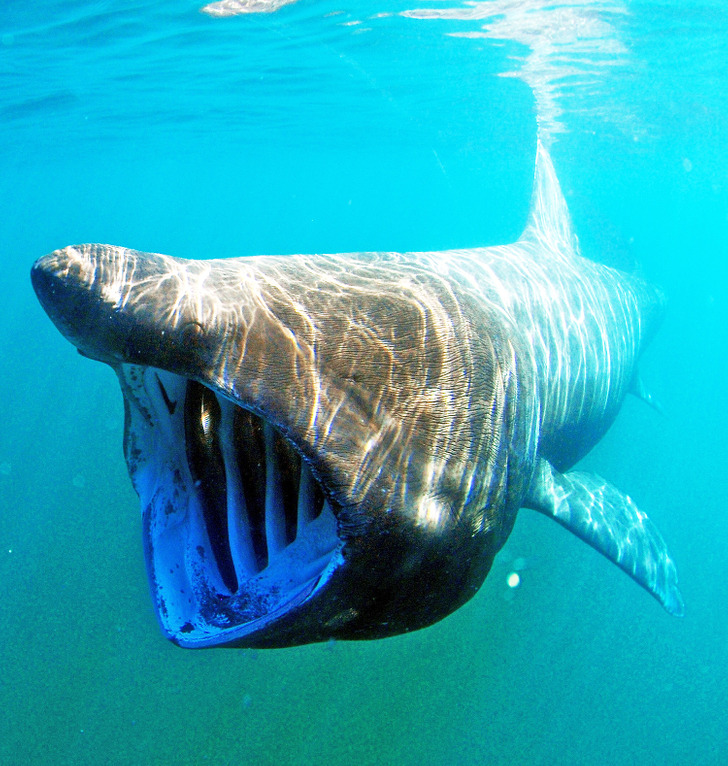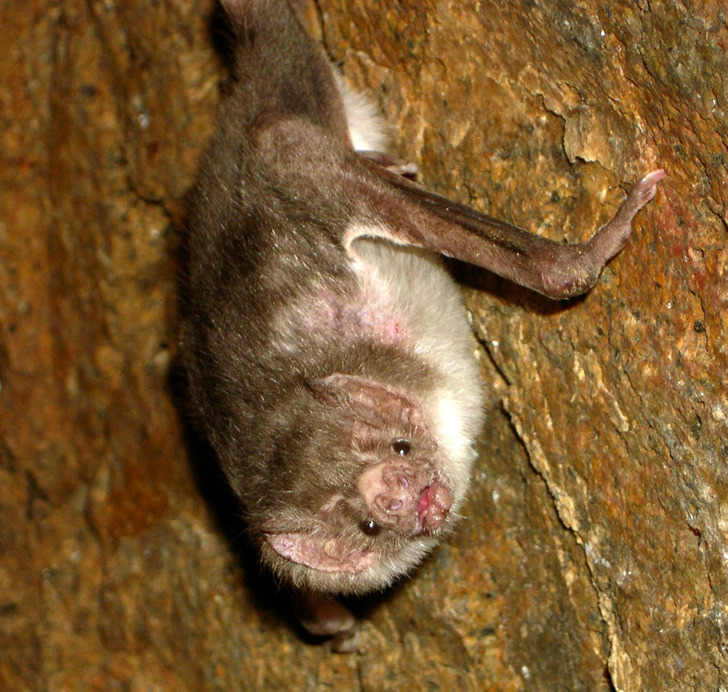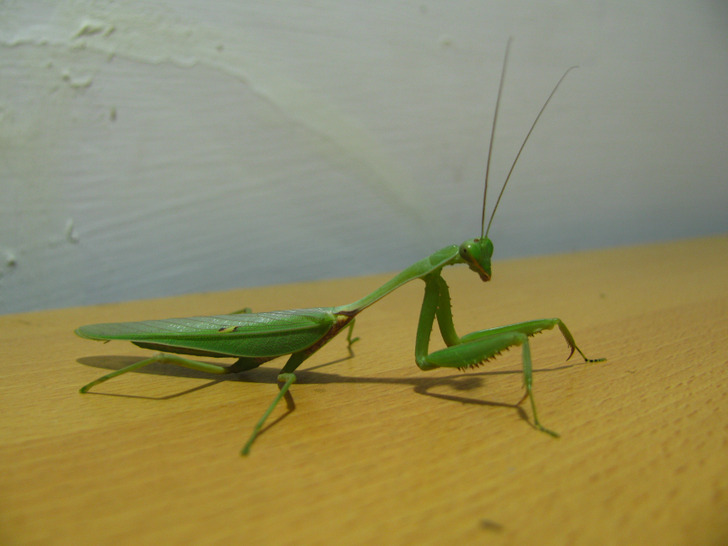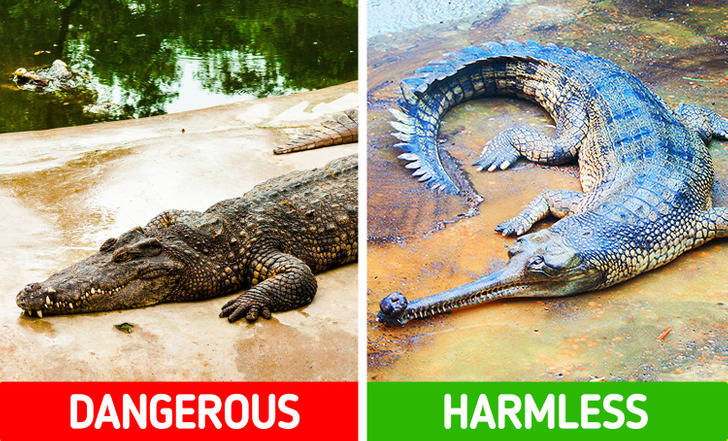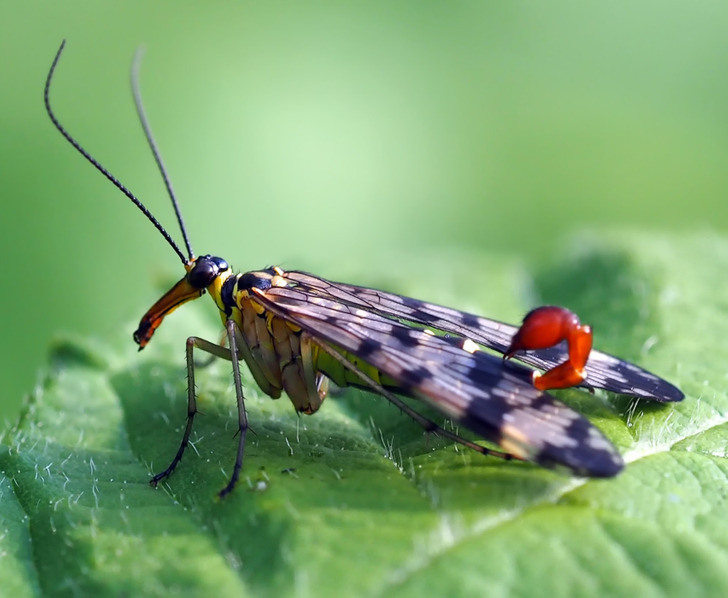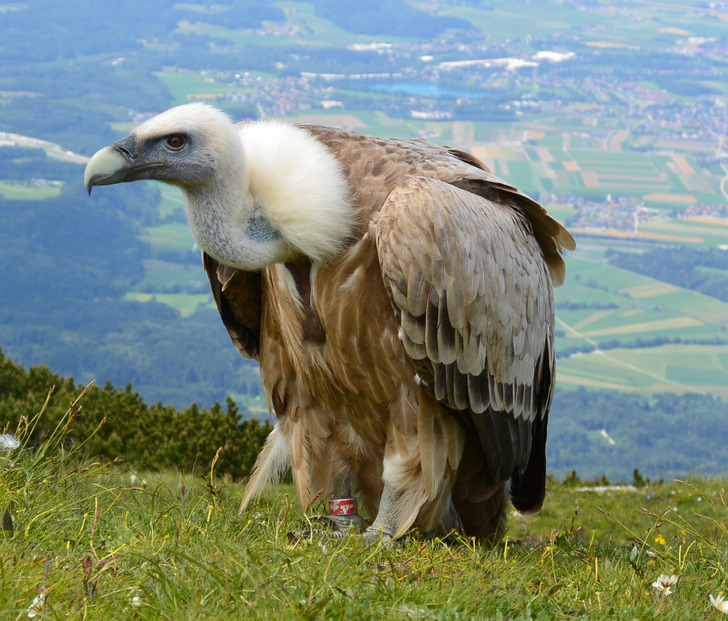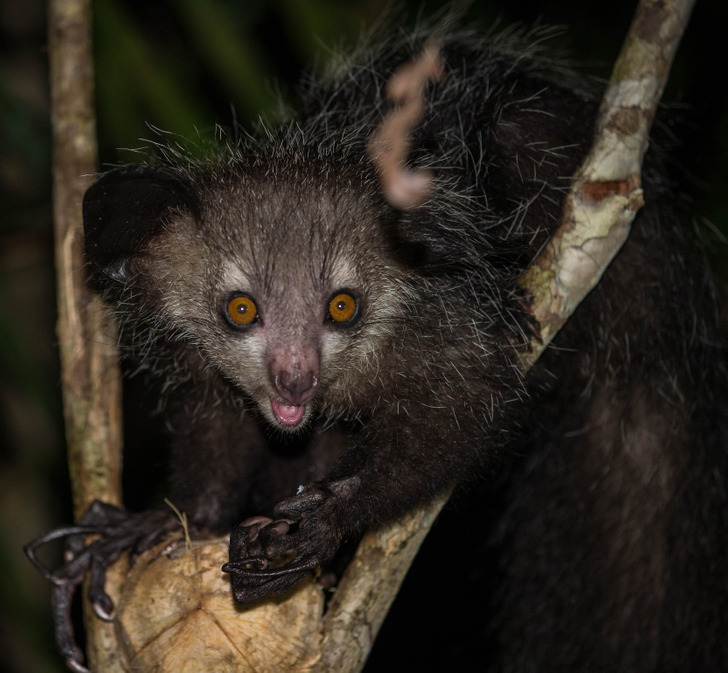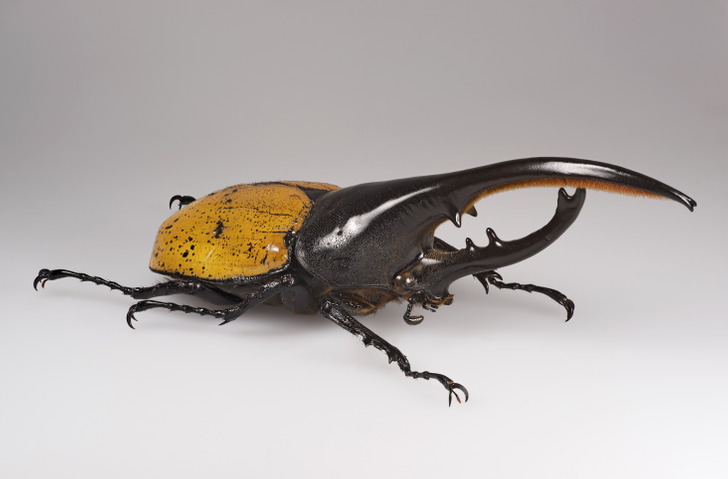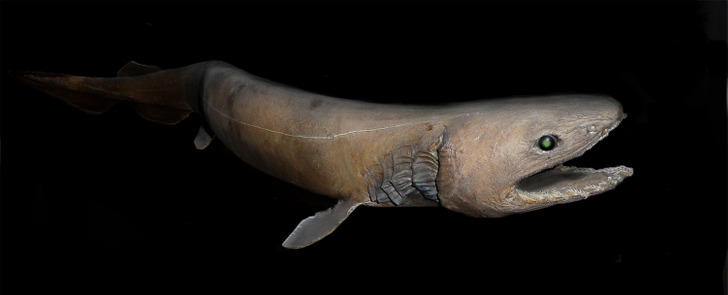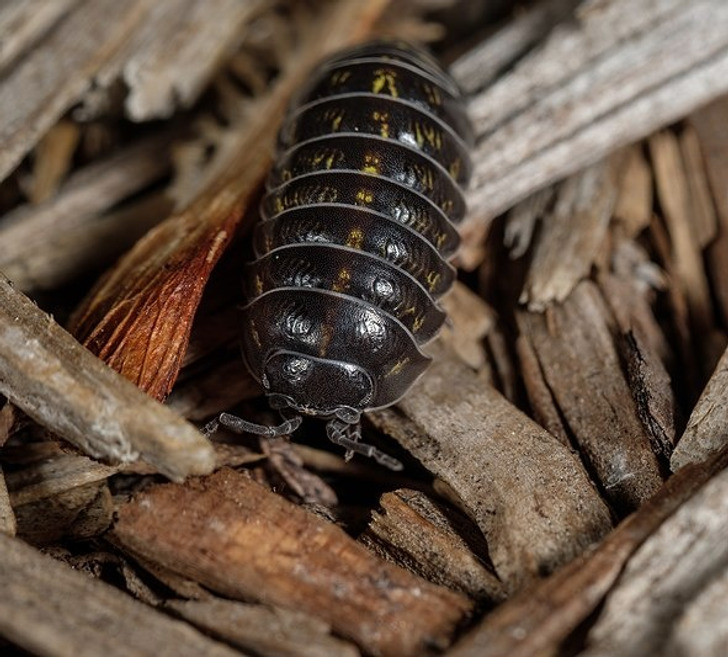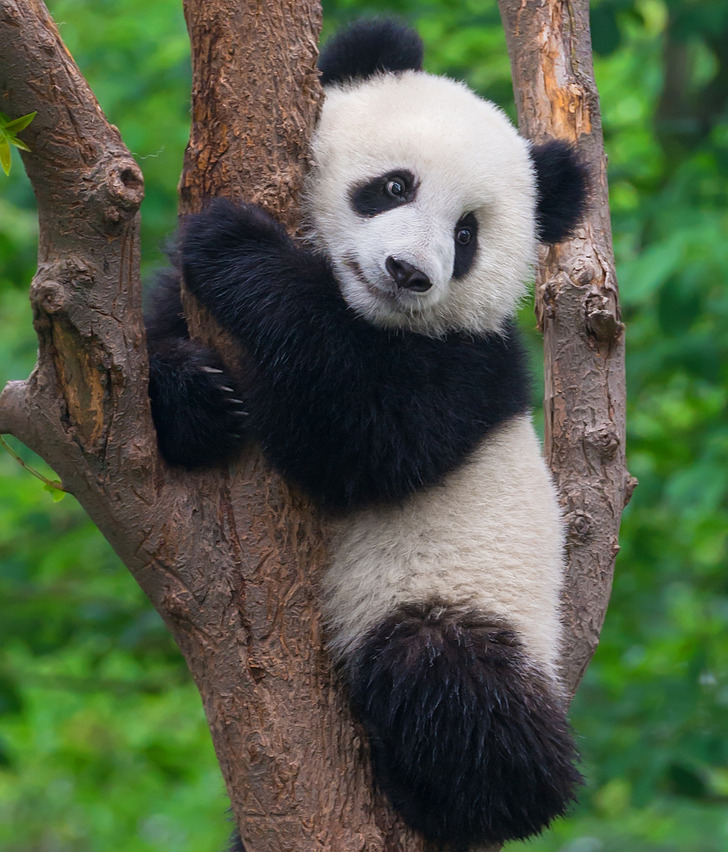10 Creepy Creatures That Are Actually Harmless
The fauna of our planet is diverse and never ceases to amaze us. In nature, many living beings can frighten us with their appearance. They can scare us with their size, abundance of teeth, or small tenacious legs. But that appearance may be deceiving: some are not dangerous and pose a threat only to other animals in the same food chain. In this article, you will learn about 10 dangerous-looking, but harmless creatures.
1. Basking Shark
Basking sharks look very impressive. These are huge fish that can reach a length of up to almost 40 feet (12 meters). Among all fish, it is the second largest species: the whale shark is the only species that is bigger. Basking sharks are absolutely peaceful — their menu consists exclusively of zooplankton. They pass water through their gills, filtering the plankton out. To do this, they slowly swim through the water column with their mouth wide open.
These sharks are true giants, but people still don’t know much about them. They are known to travel long distances in winter.
2. Vampire bat
Bats are the only mammals capable of long and purposeful flight. They don’t have feathers, and their wings are arranged differently from those of birds. They usually fly only during the darkest hours of the night. Bats use echolocation to find food and avoid mid-air collisions.
Vampire bats are not like the monsters described in legends and fiction. They feed almost exclusively on the blood of domestic animals. But bats can harm humans by transmitting rabies. However, the risk of infection is very low since bats affected by rabies are obviously disoriented and can’t fly.
3. Praying mantis
Praying mantises got their name from their unusually long front legs that are bent, as if in prayer. They are predators that eat insects and spiders. They can even hunt lizards, frogs, or small birds. This species is also known for cannibalism. The front legs of praying mantises are covered with spikes and can catch a victim in an instant.
Even though these predators can catch fairly large prey, they won’t attack a human. So far, no cases of mantis bites have been recorded yet. The only possible reason to attack humans is if the insect takes a small bite, but even in the case of a bite, a person most likely won’t be injured.
4. Gharial
Gharials are one of the largest species of crocodiles. Males can reach up to 6 meters in length. They are unique crocodilians who diverged from their conspecifics 40 million years ago. Their muzzle is adapted to their menu. Narrow and elongated jaws are perfect for catching fish. After reaching sexual maturity, males develop a convex growth at the tip of their muzzle.
This crocodile species does not pose a danger to anyone except fish. They usually hide away when they see humans. However, gharials may share their habitat with mugger crocodiles, which do attack humans.
5. Scorpionfly
Scorpionflies resemble strange wasps with long snouts. At the tip of the abdomen, males have an outgrowth that looks like the stinger of a scorpion. This “tail” looks menacing but is completely harmless. This is part of the reproductive system that is used as a clasper during mating. Larvae and adults are scavengers that feed mainly on insects. Adults can feed on rotting fruit and flower nectar.
The way of life for scorpionflies has almost no connection with human habitats. They are harmless to people, their personal belongings, and their crops.
6. Vulture
Vultures and other scavengers are very important to our planet’s ecosystem. They eat dead animals, reducing the amount of rotting remains and removing unpleasant odors, and can also prevent the spread of dangerous diseases. They simply digest them, and the acid in their stomach kills bacteria and viruses. This way, they even stop the transmission of rabies.
They can be immediately distinguished from other birds due to their bald heads. They often stick their heads inside carcasses while eating. Feathers would easily get dirty and could become a source of infection. Vultures only eat carrion and do not attack humans or domestic animals. However, they may bite or vomit in self-defense. Vomiting helps deter predators and makes it easier for the bird to take off quickly.
7. Aye-aye
These small creatures with enormous eyes, ruffled fur, and long, spider-like fingers live exclusively on the island of Madagascar. Unfortunately, locals believe that a person who meets aye-ayes is doomed to misfortune. Because of superstition, people exterminate these harmless animals that feed mainly on insects. Their unnaturally long fingers, which look threatening, actually serve to get larvae and adult insects from tree trunks.
8. Hercules beetle
Hercules beetles are members of the scarab beetle family and are related to dung beetles. The diet of adult beetles has not been studied yet: it is only known that they feed on ash bark and rotting fruits. The larvae often live in tree stumps and feed on decaying wood, leaf litter, and fruit. They, in turn, are eaten by raccoons, skunks, centipedes, spiders, and other animals.
There is a superstition that Hercules beetles are dangerous. They do have big horns, but they don’t use them to attack humans. They also never bite those they don’t eat. The most dangerous thing they can do is scratch you with their prickly claws.
9. Frilled Shark
Frilled sharks get their name from their gills, located in the form of a red fringe around their neck. Their method of hunting is similar to the swift attack of a snake. Their skeletons are very light due to their low calcium content. Because of this, they can hover motionlessly in the water column. They feed on bony fish, squid, and other sharks. Their mouths end at the back of their head, allowing them to swallow the prey that is half their body length. Frilled sharks have approximately 300 teeth arranged in 25 rows.
These sharks live deep enough that they do not pose a threat to swimmers and divers. They are not considered dangerous, but there have been cases of scientists accidentally cutting themselves on their teeth.
10. Roly poly
These flexible creatures have many names: wood shrimp, woodlice, pill bugs, and doodlebugs. But they are not bugs, and they are not even insects. In fact, they are terrestrial crustaceans. Lobsters, crabs, and shrimp are closer related to them than any bugs. Roly polies are the only crustaceans that can spend their entire lives on land. But they breathe with gills and must ensure that the latter do not dry out. To do this, they spend the daytime hours in damp places and are most active at night.
For some people, their appearance is disgusting. Despite the repulsive impression, they cannot harm humans.
Bonus: A cute animal that could be more dangerous than most sharks
Pandas look very cute. Their fluffy fur, tiny ears, and the way they eat bamboo make our hearts melt. Bamboo is the main ingredient on their menu, but this doesn’t mean they can’t bite you. Pandas may attack humans if they feel threatened, just like other bear species. They may also keep biting someone until they are convinced the danger is gone.
Have you ever seen something creepy that eventually turned out to be innocuous? What emotions did you experience?
